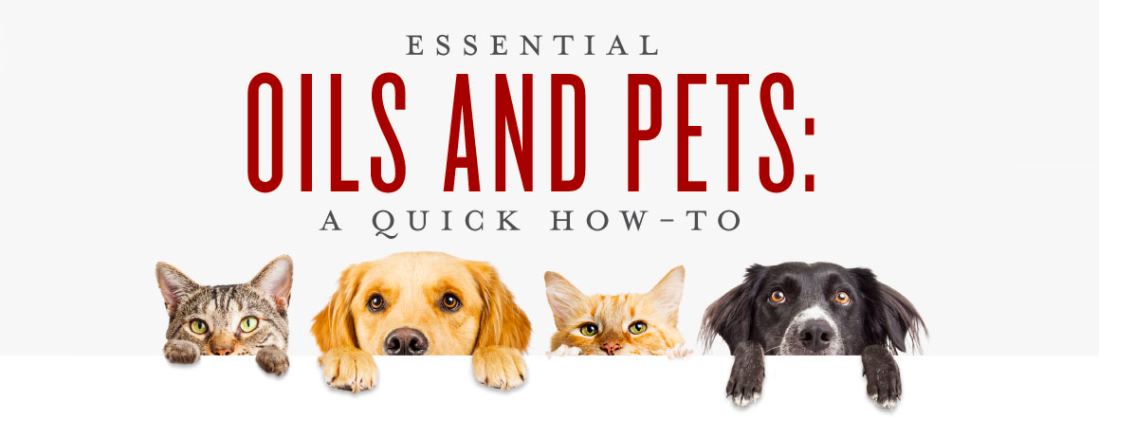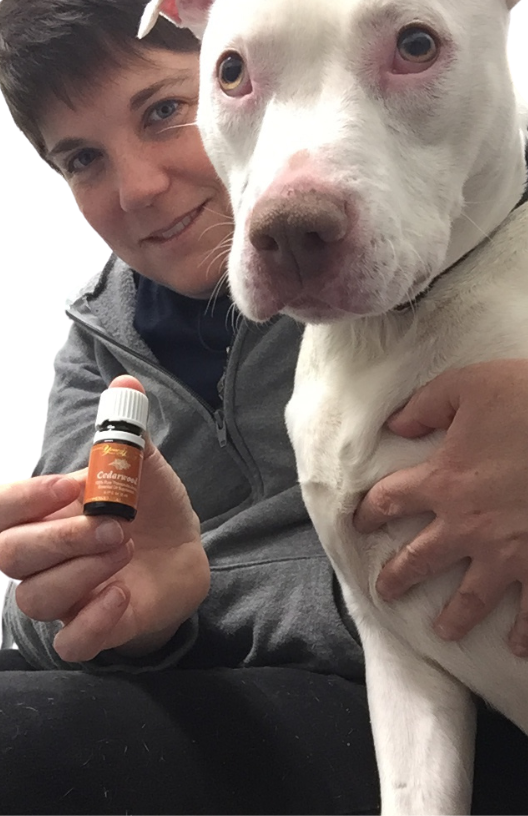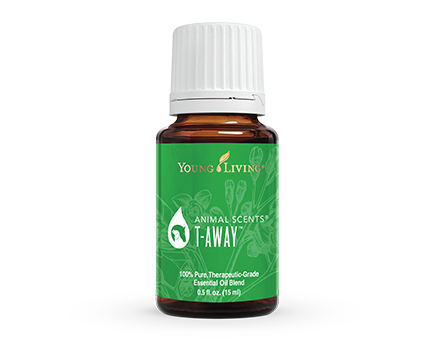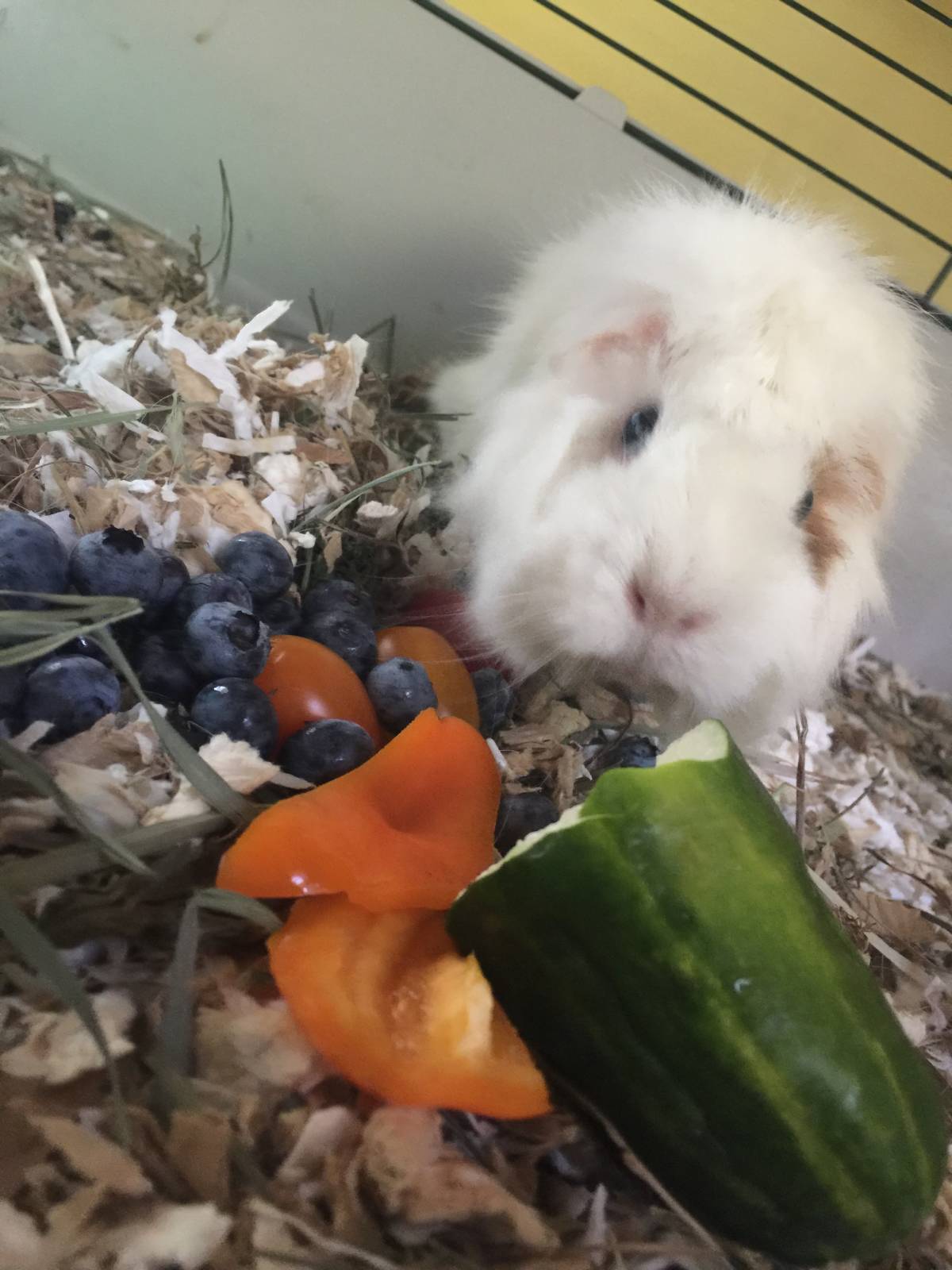
Essential Oils and Pets: A Quick How-To
You love to share essential oils with your family, so it makes sense that you want to share them with your pets as well! Before you begin using essential oils for pets, you need to know the answers to some important questions: Can you use essential oils on dogs, cats, and other pets the same way you use them on yourself? How much should you use? What is the best way to administer oils for topical and internal use?
Check out our quick and easy how-to guide for tips and info that will answer your questions about the different types of essential oils for dogs, cats, and other animals!*
It is important to note that animals cannot tell us if something is working or not, so it is our duty to exercise due caution and approach using oils on animals safely and responsibly.
Please note that these are general recommendations for use. If your veterinarian suggests another usage, defer to your veterinarian. If your pet is pregnant, nursing, or has a medical condition, consult a veterinarian prior to use. (things I must say)
Basic Guidelines

There are some general tips and suggestions you’ll want to keep in mind as you share essential oils with your furry friends.
- Animals are generally more sensitive to essential oils than humans are. It’s best to go low and slow to start introducing YLEO to your animals.
- Every animal is different, so carefully observe how your animal responds to essential oils. Use common sense and good judgment as you try different methods.
- Be especially careful to not get essential oils in an animal’s eyes.
- If diffusing, always allow animals access to areas where they can avoid the diffused oil.
- Apply one drop of YL essential oils to your hand and rub together. This is a form of dilution. You can then massage your animals with this very diluted drop.
- Go Low and Slow. We only use Young Living Essential OIls. Do not mix with another brand or with essential oil based carriers. **this is VITALLY IMPORTANT**
Essential Oil Acclimation
Your pets may need some time to adjust to the new scents and sensations of essential oils. Use these tips to introduce your pets to essential oils in an easy and comfortable way.
- Wear essential oils throughout the day, so your pets will be exposed to the aroma as you hold them, play, or cuddle on the couch.
- Diffuse essential oils in spaces where your pets like to relax. Keep in mind that dogs tend to stay in a room with their owner even if something is bothering them. Closely watch for signs of irritation—such as whining, sniffing, nervousness, and excessive scratching—while diffusing around them.
- When diffusing essential oils around cats, be sure to only diffuse in areas that allow the cat to leave if it doesn’t want to be there.
- Apply an essential oil to your hands and let your pets smell them, so they can explore the scent on their own terms.
- If your pets are jittery or resistant to essential oils, try applying an oil to yourself and staying near the pets for several minutes, so they can get used to the aroma.
Dilution for Topical Application
Your animal’s size affects the amount of oil you should use and how much you should dilute for topical application.
- For cats, small dogs, and other smaller animals, use a carrier oil—such as V-6™ Vegetable Oil Complex—to dilute the essential oil before application. We suggest a 9:1 ratio of carrier oil to essential oil.
- For medium-sized dogs dilute 4:1 carrier oil to essential oil.
- If you’re using essential oils on medium-sized animals—like large dogs—dilute 3:1 carrier oil to essential oil.
- For very large animals—including horses and cattle—start with a 1:1 dilution on the back and, if desired, move to the directions indicated on the bottle.
Topical Use
Once your pets are used to essential oils, they’ll better handle topical application. Keep these tips in mind as you experiment with using essential oils on your pets.

- We recommend applying to the back for dogs and cats, being sure to rub your hands together until they are no longer shiny before rubbing the essential oil on the pet.
- For animals with hooves, apply to the spine and flanks, avoiding the face. Apply oils to places that allow them to evaporate and breathe. Do not apply oils under any tack or saddles.
- For an easy and comfortable application, rub oils between your own hands until they are no longer shiny and then apply by stroking the animal.
- For easier application in large or hard-to-reach areas, combine essential oils with V-6 or water in a spray bottle.
- Use Animal Scents® Ointment to soothe irritated skin or to help with the occasional scrape.
Internal Use
Animals can ingest essential oils, but you need to follow some general rules before you serve up an oil-infused meal for your pets.
- We recommend consulting with a veterinarian prior to administering oils internally to your pets. You should not attempt to mix oils with food unless directed by a veterinarian.

- If you choose to mix vitality essential oils with your pet’s food, keep in mind that the smell may make the food undesirable to the pet; this is especially true for cats.
- If you apply oils to places on their body they can lick, they will likely consume some of the essential oil as they groom and play. Make sure you dilute heavily, so the amount your pet licks is minimal.
- Never force your pets to consume essential oils or food mixed with essential oils.
- Always have FRESH water available (with NO oils in it)
Supplemental Products
Young Living also offers a full line of animal-specific products, including essential oil blends made just for animals, cat treats, dental pet chews, and Animal Scents® Shampoo.
Looking for even more ways to show your furry friends some love? Check out our DIY paw balm for more pro tips!
*If your pet or animal has a known health issue, please consult your veterinarian before administering essential oils.








0 Comments